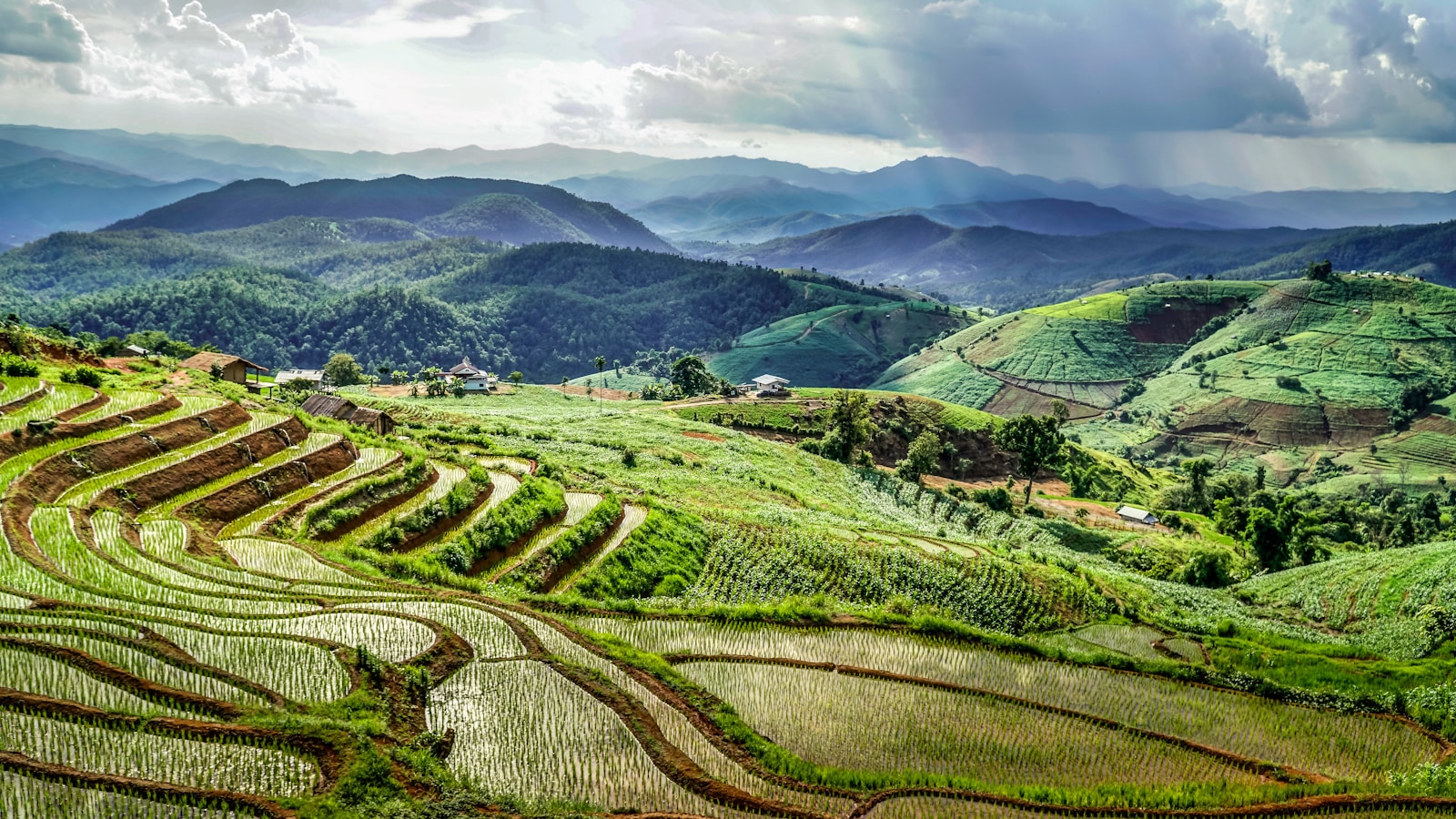Chiang Mai, the former capital of the Lanna Kingdom, remains a city with a character all its own in northern Thailand. A world away from the frenzy of Bangkok, it moves to a different rhythm. The historic centre still has its moats and remnants of defensive walls, encircling over 300 Buddhist temples, markets that spill onto the pavements, and a thriving local arts scene.
The Temple Scene
Wat Phra That Doi Suthep watches over the city from its mountain perch at an altitude of 1,000 metres. After climbing 309 steps between two golden naga balustrades, the view is more than worth the effort.
In the old town, Wat Chedi Luang bears the scars of the 16th-century earthquake that cracked its immense chedi. Wat Phra Singh houses a Buddha statue that the faithful have revered for centuries, surrounded by remarkably preserved murals.
Wat Chiang Man, founded in 1296, is the city’s oldest temple. It is home to two precious Buddha images: one made of crystal, the other of marble. For a more unusual experience, Wat Umong invites you down into tunnels adorned with ancient paintings, before you lose yourself in its forest park.
At Wat Suan Dok, dozens of white chedis contain the ashes of the former royal family. The entire place glows with golden hues at sunset.
Getting into Nature

Doi Inthanon National Park climbs to 2,565 metres – the highest point in the country. Up there, the forests disappear into the clouds, and more than 400 species of birds have made their home. Waterfalls cascade down slopes covered in moss and giant ferns.
The Karen, Hmong, and Lisu villages clinging to the mountainsides still follow their traditions. In Mae Kampong, you can stay with a local family and discover how tea is grown at high altitudes, far from the usual tourist trail.
The Mae Sa Valley unfolds with its terraced rice paddies and coffee plantations. Several centres here care for elephants rescued from mass tourism – be sure to choose one that truly respects the animals. For an adrenaline rush, head to Mae Taeng for white-water rafting or zip-lining over the jungle.
The San Kamphaeng hot springs bubble away amidst tropical vegetation. The “Grand Canyon” of Chiang Mai – a flooded former quarry – is a popular spot for locals to come and dive from the red cliffs.
Unique Experiences

Cooking classes often start with an early morning trip to the market. You’ll learn to tell lemongrass from galangal and choose chillies by their heat, before heading to the kitchen to master the sweet, salty, sour, and spicy balance of an authentic Pad Thai.
On Saturdays, Wualai Road transforms into an artisan craft gallery. On Sundays, it’s Ratchadamnoen Road’s turn. The stalls are laden with textiles woven in the villages, hammered silver jewellery, carved wood, and ceramics with traditional glazes.
In November, Loy Krathong fills the sky with rice paper lanterns. The rivers carry thousands of small, illuminated floral floats. In April, Songkran joyfully descends into a city-wide water fight.
There’s no shortage of massage centres – some even train blind therapists in this traditional art. A number of temples offer Vipassana meditation retreats, sometimes in English. At Wat Suan Dok, monks host “monk chats” to answer questions about Buddhism.
The Nimmanhaemin neighbourhood is the hub for designer coffee shops, small galleries, and independent boutiques. The Elephant Nature Park provides a true sanctuary for mistreated elephants – you can observe them without any riding or forced painting.
This is a city that reveals itself slowly, one temple, one coffee shop at a time.

